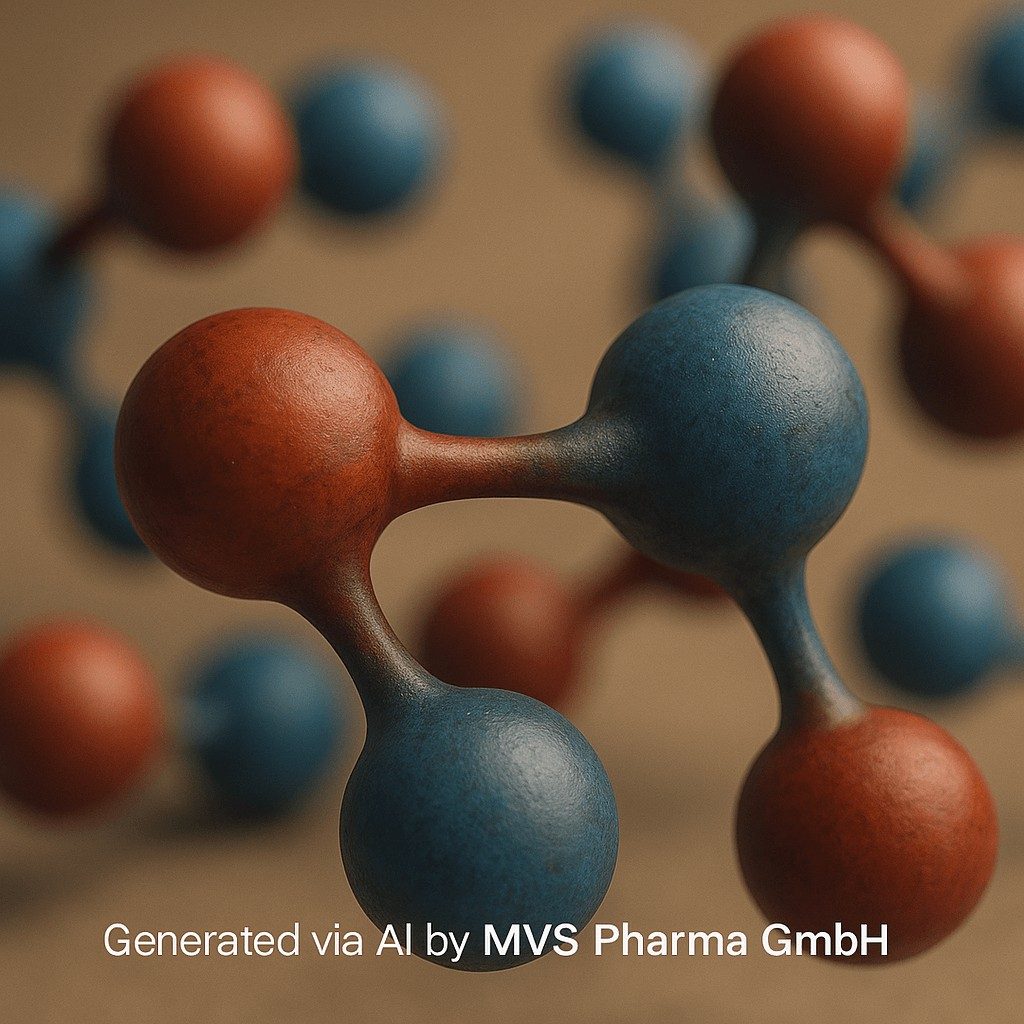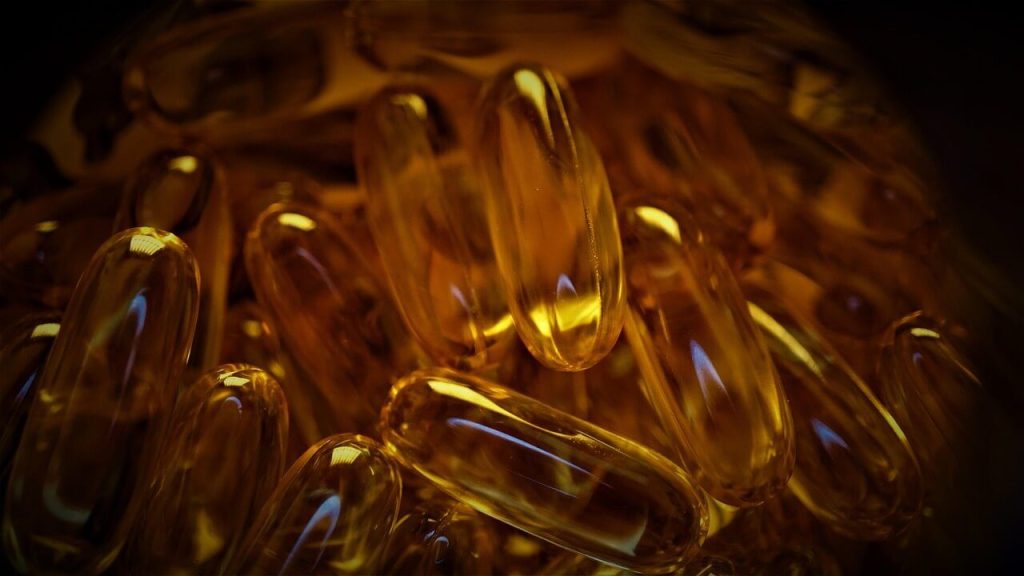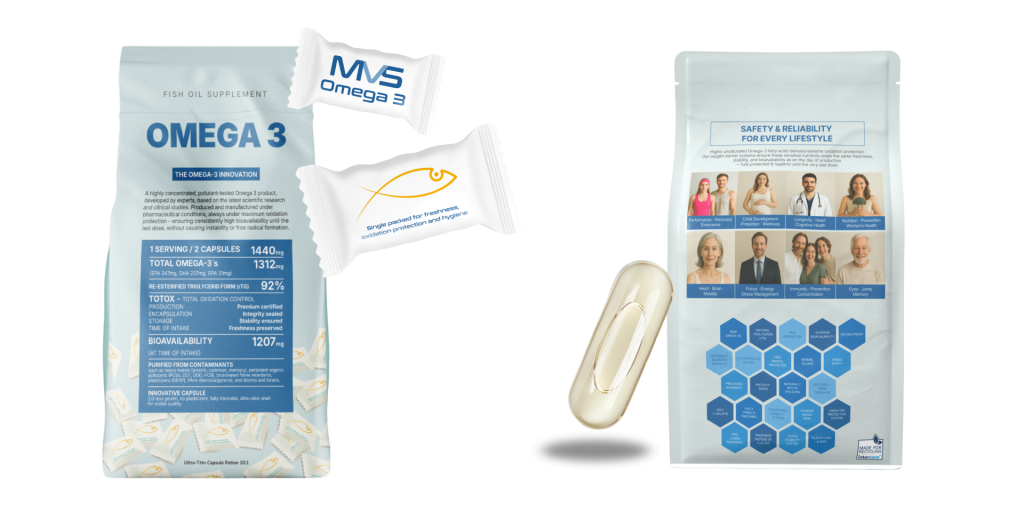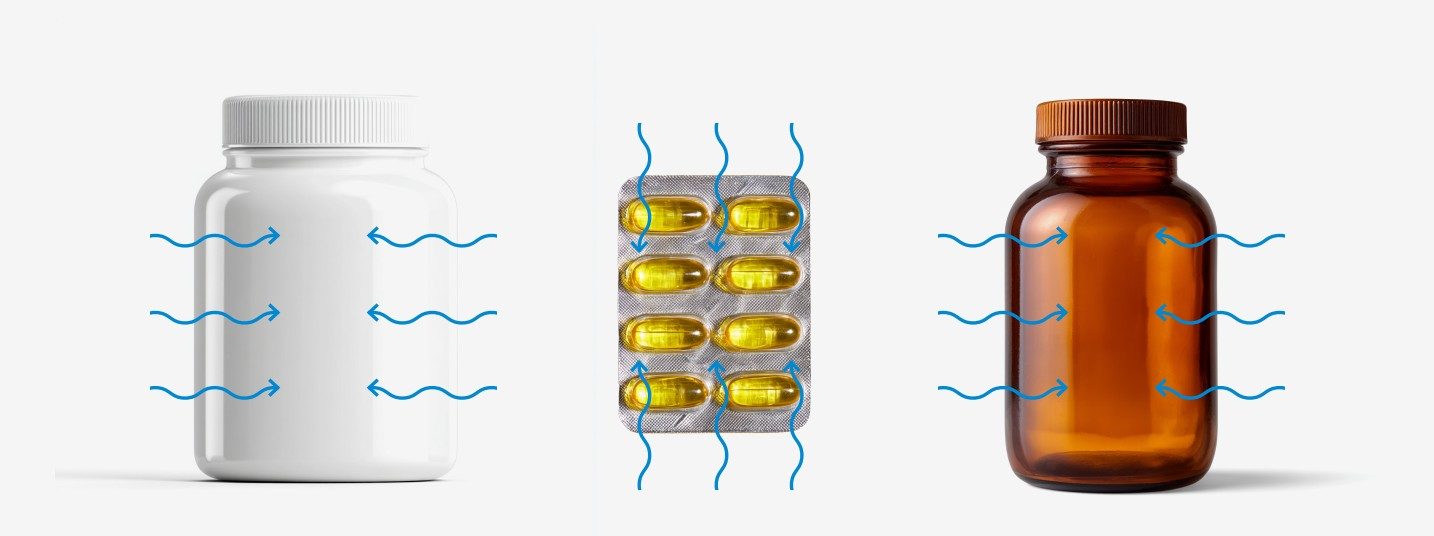Table of Contents
Highly unsaturated oils are highly sensitive to oxidation and can even become rancid as a result. This can be dangerous and even lead to health issues in people. The oxidation of omega-3 fatty acids, especially those found in fish oil supplements, can be concerning for several reasons, and we are going to explore all of them in this article.
Why Oxidation Matters More Than Ever
Omega-3 fatty acids — particularly EPA and DHA — are among the most scientifically validated nutrients for cardiovascular, cognitive, and immune health. But their greatest strength, a highly unsaturated chemical structure, is also their biggest weakness: it makes them extremely vulnerable to oxidation.
Oxidation is the process by which Omega-3 oils become rancid when exposed to oxygen, light, or heat. This not only destroys their beneficial properties but also produces harmful byproducts that may increase oxidative stress and inflammation — the very conditions Omega-3s are meant to counteract.
Recent independent analyses (2023–2024) show that over 60% of fish oil supplements on the global market exceed recommended oxidation limits. For consumers, this means the majority of products may be less effective or even counterproductive.
This guide explores why oxidation happens, what it means for health, how it’s measured, and how to choose supplements that truly deliver safe and effective Omega-3s in 2025.
What Is Oxidation in Omega-3 Supplements?
Oxidation is a chemical reaction that occurs when EPA and DHA fatty acids interact with oxygen, heat, or light. This reaction triggers the formation of lipid peroxides. This initial step triggers a chain reaction leading to the production of secondary oxidation products, including aldehydes and ketones. These compounds can exert harmful effects on cells and tissues, potentially compromising the health benefits associated with omega-3 consumption. Unfortunately, recent studies have found that many omega-3 supplement brands aren’t safe to consume, due to not following regulations, masking rancidity with artificial smells and additives like lemon flavor, and so on.
The Process of Oxidation

- Primary oxidation:
- Formation of lipid peroxides (unstable molecules).
- Measured by peroxide value (PV).
- Secondary oxidation:
- Breakdown into aldehydes, ketones, and volatile compounds.
- Responsible for the rancid smell and taste.
- Measured by anisidine value (AV).
- Total oxidation (TOTOX value):
- A combined measure of PV and AV.
- Used as the industry’s benchmark for freshness.
Key thresholds (GOED standards): The fresher and more carefully the oil is protected, the lower these numbers should be.
- PV < 5 meq/kg
- AV < 20
- TOTOX < 26
Why Oxidation Happens: Triggers in Manufacturing and Storage
- Exposure to Oxygen: Poor sealing or manufacturing shortcuts allow air to interact with the oil. Each oxygen molecule accelerates the breakdown of fragile EPA/DHA.
- Heat: High temperatures during refining, encapsulation, shipping, or storage worsen oxidation. Supplements stored in warehouses without climate control are especially at risk.
- Light: Transparent bottles or softgels exposed to light accelerate degradation.
- Time: Even high-quality oils degrade if stored too long.
- Packaging: Bulk-packaged oils (hundreds of capsules in one bottle) are exposed to oxygen each time the container is opened.
Consequences of Oxidized Omega-3 Fatty Acids
- Formation of Harmful Byproducts
Oxidation of fish oil can lead to the production of free radicals, lipid peroxides, and other oxidative breakdown products. These compounds may contribute to oxidative stress in the body, which is associated with various health issues.
- Reduced Nutritional Value

Oxidation diminishes the nutritional quality of fish oil. Omega-3 fatty acids, such as EPA (eicosapentaenoic acid) and DHA (docosahexaenoic acid), are the primary health-promoting components of fish oil. Rancid fish oil may not provide the expected benefits for heart health, inflammation, and brain function.
- Gastrointestinal Discomfort
Rancid fish oil may have an unpleasant taste and odor, potentially causing digestive discomfort or nausea for individuals taking the supplements.
- Inflammation and Oxidative Stress
Some studies suggest that consumption of oxidized fish oil may be associated with increased inflammation and oxidative stress, potentially negating the anti-inflammatory and antioxidant effects typically attributed to omega-3 fatty acids.
- Potential Long-Term Health Effects
Prolonged consumption of rancid fish oil may have unknown long-term health consequences. The cumulative impact of oxidative stress and the formation of harmful compounds could contribute to chronic health issues over time.
How to Minimize the Risk of Omega-3 Supplements Oxidation?
To minimize the risk of oxidation, it’s important to handle and store omega-3 supplements properly. Here are some tips:
- Storage: Keep fish oil supplements in a cool, dark place, away from heat and sunlight.
- Expiration Date: Check the expiration date on the supplement bottle and discard any expired products.
- Freshness Indicators: Some supplement brands provide freshness indicators, such as a time of manufacture or a testing certification for oxidation levels (like we do for our MVS Omega-3 product).
- Trustworthy Brands: Choose supplements from reputable brands that adhere to quality standards and perform third-party testing for purity and freshness. (These are amongst our quality management practices at MVS Pharma during the creation of our Omega-3 product.)
How Is Oxidation Measured?
- Key Industry Tests
- Peroxide Value (PV): Measures primary oxidation. Acceptable: < 5 meq/kg.
- Anisidine Value (AV): Measures secondary oxidation. Acceptable: < 20.
- TOTOX Value: Overall oxidation status = (2 × PV) + AV. Acceptable: < 26.
Why Consumers Rarely See These Numbers: Most supplement brands do not disclose oxidation values. Few test every batch; some only test at production, not after months of storage or transport.
– Smell and taste: A strong fishy odor or aftertaste indicates oxidation. High-quality oils should be nearly odorless.
– Burping: Frequent fishy burps are a warning sign of rancidity.
– Color change: Capsules that darken or become cloudy may be oxidized.
How to Prevent Oxidation in Supplements: Industry Solutions
- Advanced purification and processing
- Gentle, low-heat refining preserves stability.
- Nitrogen flushing removes oxygen during encapsulation.
- Protective forms
- The re-esterified triglyceride (rTG) form is more stable than the ethyl ester (EE).
- rTG also offers superior bioavailability.

- Packaging innovations
- Individually sealed capsules protect each dose from oxygen.
- Double-layer packaging (capsule + oxygen-barrier pouch) prevents degradation even after opening.
- Cold-chain storage
- Temperature-controlled shipping and warehousing extend shelf life.
How to Choose a Low-Oxidation Omega-3 Supplement (Consumer Guide)
When buying Omega-3s, ask:
- Does the brand disclose oxidation values (TOTOX, PV, AV)?
- Is the oil in rTG form for both stability and absorption?
- How is it packaged? Individually sealed capsules > bulk bottles.
- Is there third-party testing or certification?
- Is it free from heavy metals, PCBs, and microplastics?
Summary: Why Oxidation Defines Omega-3 Quality in 2025
Omega-3 fatty acids are among the most beneficial nutrients for health, but their extreme sensitivity to oxidation makes supplement quality a matter of life and health.
- Oxidized oils lose effectiveness and may cause harm.
- Most market products fail oxidation standards.
- TOTOX value is the best indicator of freshness.
- Packaging and processing are key to stability.
Choosing an oxidation-protected, rTG-form Omega-3 is the difference between a supplement that works and one that undermines health.
MVS Omega-3 — Setting a New Standard in Purity, Stability, and Bioavailability
Developed by MVS Pharma’s medical and pharmaceutical experts, MVS Omega-3 represents a new generation of scientifically designed Omega-3 supplements. With a 92% natural rTG structure, verified bioavailability of 1207 mg, and our proprietary T-TOX™ oxidation control system, it ensures exceptional purity, stability, and absorption. Each batch meets European Pharmacopeia standards and is tested for over 20 potential contaminants — setting a benchmark for transparency and trust in modern nutritional science.

Not all Omega-3 supplements are created equal. The more unsaturated and effective Omega-3 molecules become, the more sensitive they are to air exposure — making oxidation protection the single most critical factor for preserving both safety and bioavailability. Once oxidation begins, oil turns rancid, loses efficacy, and may even generate free radicals.
At MVS Pharma, this challenge defined our mission. We engineered MVS Omega-3 as a next-generation formulation designed for uncompromised purity, verified stability, and maximum biological usability.
Key Facts:
- Pharma-Standard Purification & Testing — each batch is verified to meet European Pharmacopeia standards and is screened for over 20 contaminants, including heavy metals, PCBs, dioxins, PAHs, and plasticizers.
- 90% Purified Omega-3 Concentration — delivering 1440 mg total oil with 1312 mg active Omega-3s (EPA 784 mg, DHA 518 mg) per serving.
- 92% Re-esterified Triglyceride (rTG) Form — structurally identical to natural fish oil for superior absorption (1207 mg bioavailable) and full physiological compatibility.
- T-TOX™ Total Oxidation Control System — exclusive German oxidation-management technology ensuring freshness and molecular integrity from production to the last capsule.
- Innovative Double Packaging — Individually Sealed Protection. Each capsule is individually sealed in an oxygen-free, double-wrapped container filled with argon gas. This advanced protective solution shields the sensitive Omega-3 oil from oxidation, light, and moisture — preserving the purity, stability, and freshness of each capsule until the very last dose.
- Ultra Thin Capsule Release 3.0™ — 2/3 less gelatin, no plasticizers, and >91% active ingredient load for transparency, purity, and optimized payload.
- Natural Tocopherol Matrix (α, β, γ, δ) — balanced antioxidant system calibrated to protect high-purity oil without destabilization.
The result is an ultra-pure, oxidation-protected Omega-3 supplement that maintains its natural structure, freshness, and full efficacy until the final dose — ensuring consistent support for cardiovascular, cognitive, visual, and immune health.
Disclaimer: As a service to our readers, MVS Pharma GmbH publishing provides access to our library of archived content in our blog. Please note the date of the last review or update on all articles. No content on this site should ever be used as a substitute for direct medical advice from your doctor or other qualified clinician.
FAQs
-
What does Omega-3 oxidation mean?
It’s a reaction that occurs when fragile EPA and DHA fatty acids react with oxygen, heat, or light, turning rancid and losing their health benefits.
-
Why is oxidation harmful?
It reduces the effectiveness of Omega-3s and produces harmful byproducts that may increase oxidative stress.
-
How can I tell if my Omega-3 is oxidized?
Strong fishy smell, unpleasant aftertaste, frequent burping, or capsule discoloration are warning signs.
-
What is the TOTOX value?
It’s a measure of total oxidation combining peroxide and anisidine values. The lower the TOTOX, the fresher the oil.
-
How common is oxidation in Omega-3 supplements?
According to the latest research (2024-2025), over 60% of products on the market exceed recommended oxidation limits.
-
What form of Omega-3 is most stable?
Re-esterified triglyceride (rTG) form is both the most stable and best absorbed.
-
How can I protect my Omega-3 from oxidation at home?
Store in a cool, dark place, keep the container sealed, and use before the expiration date.
-
Why is packaging so important for omega-3 supplements?
Bulk bottles expose capsules to oxygen every time they’re opened. Individually sealed capsules offer far superior protection.
-
Are flavored Omega-3 oils safe?
Flavors often mask rancidity instead of preventing it. Fresh, high-quality oils should be nearly odorless/flavorless.
-
What makes MVS Omega-3 different?
It offers oxidation resistance, superior absorption in rTG form, full safety testing, and double protection packaging — ensuring purity and potency from production to consumption.
Sources:
National Library of Medicine – “Oxidation of Marine Omega-3 Supplements and Human Health”
National Library of Medicine – “Fishing for answers: is oxidation of fish oil supplements a problem?”
Wiley Online Library – “Oxidation in EPA- and DHA-rich oils: an overview”
Science Direct – “Stability and stabilization of omega-3 oils: A review”
Science Direct – “Omega-3 fatty acids supplementation and oxidative stress parameters: A systematic review and meta-analysis of clinical trials”
Science Direct – “Beneficial effects and oxidative stability of omega-3 long-chain polyunsaturated fatty acids”


